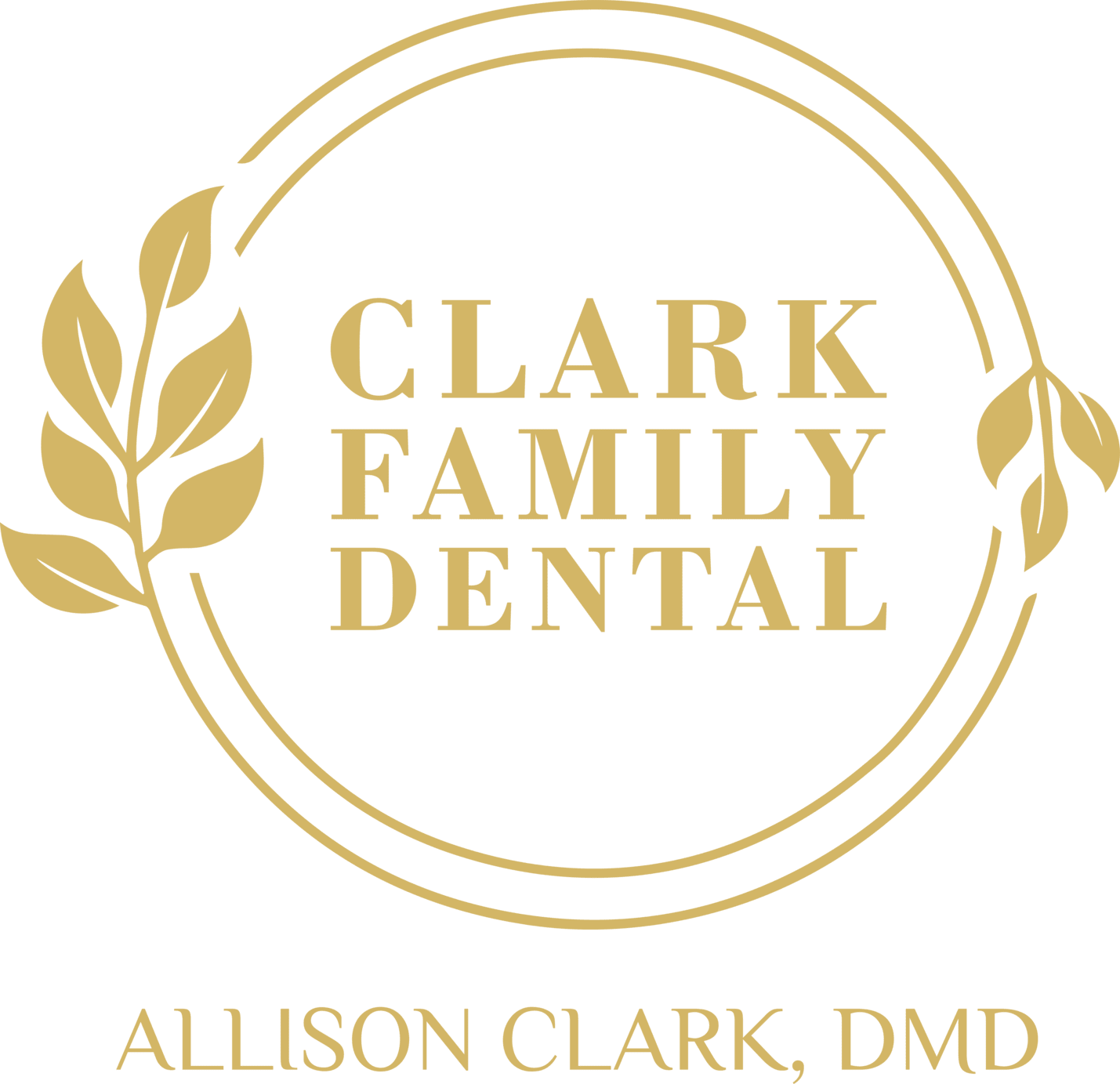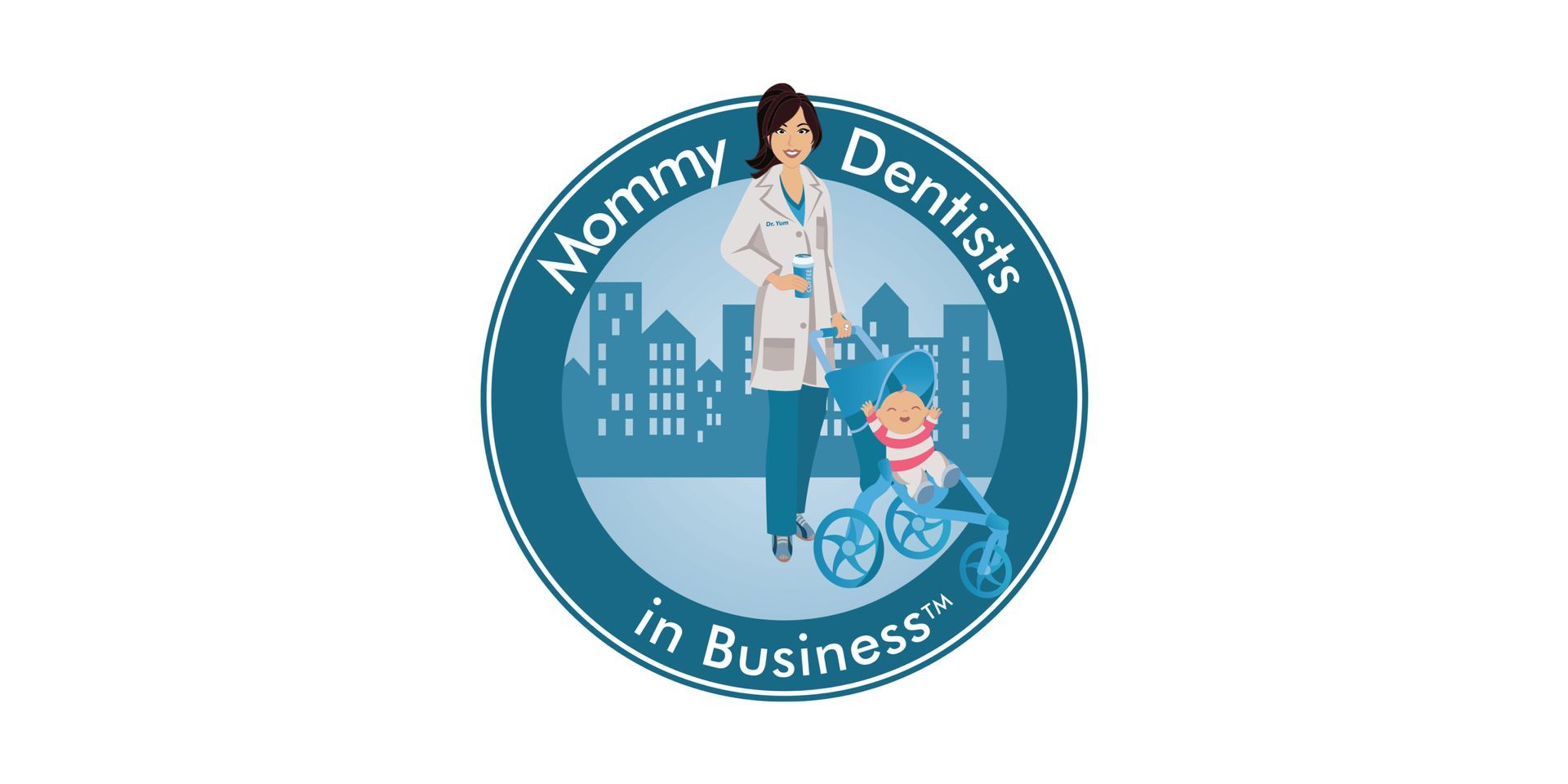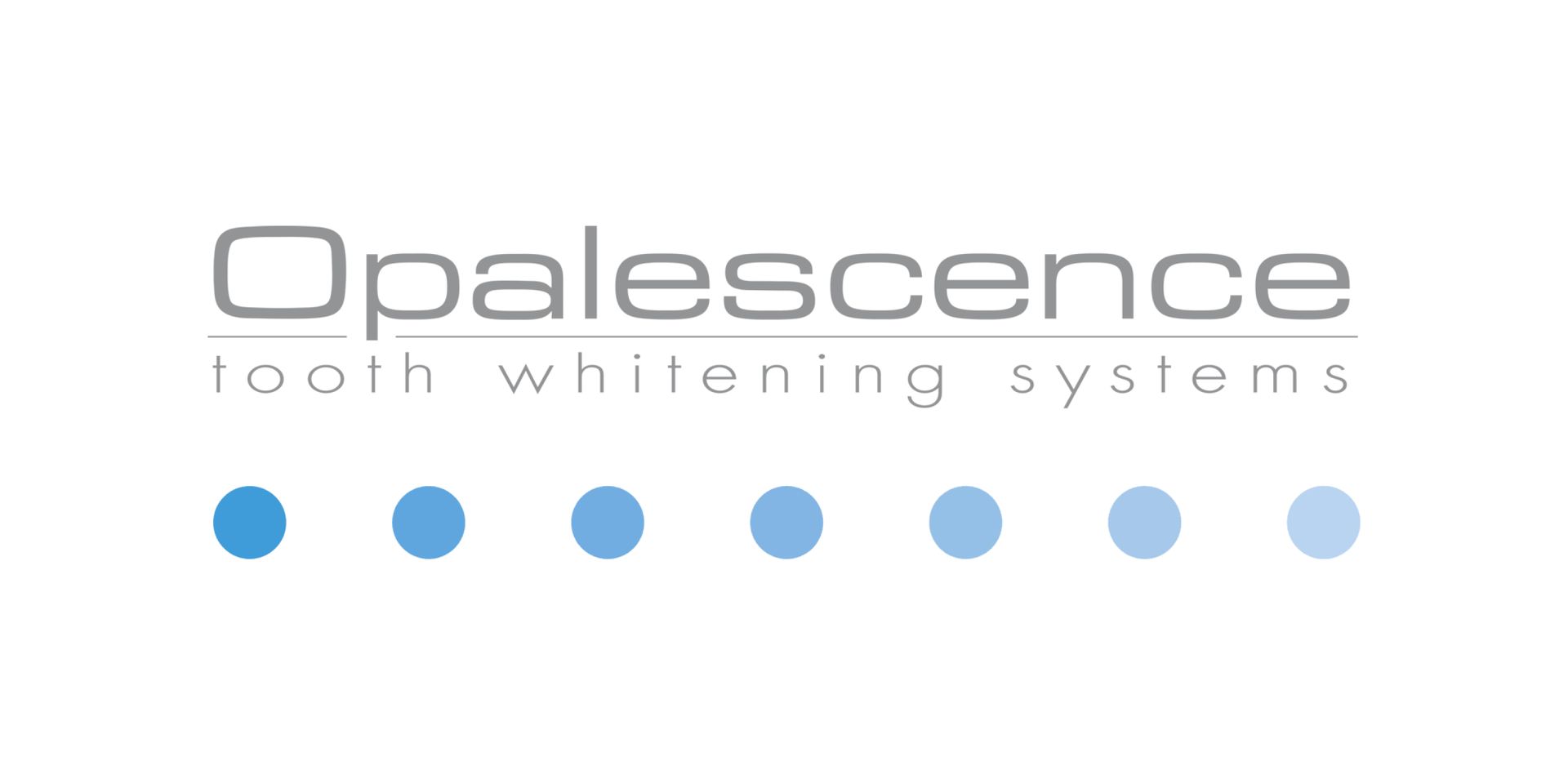Dental Technology
Modern Technology for Better Dental Care
Dental technology has introduced innovative advancements over the last few years, making dental appointments quicker and much more thorough.
Some of the laborious tasks of dentistry have been simplified and the process for several of these duties has proven more efficient.
Technology has already altered our everyday lives at home and in the workplace, making it only a matter of time until modern developments changed how patients perceived a routine dental appointment.
Here are the pieces of technology we have in our office:
MouthWatch Intraoral Camera
First introduced as a diagnostic innovation in the early 1990s, intraoral cameras revolutionized how dentists and patients interact. MouthWatch, a leader in this space, developed a compact camera that fits comfortably inside the mouth and captures crisp, magnified images of teeth and gums. Rather than relying solely on X-rays or the dentist's explanation, patients can now see what the clinician sees—live and in color—on a monitor right next to them.
Visual Engagement | The biggest benefit of the MouthWatch camera is that it engages the patient in their own treatment. By showing real-time images, patients can understand the problem areas more clearly, whether it's a small crack or early signs of decay.
Accurate Documentation | These images are saved directly into a digital record, making it easier to track changes over time or send files to insurance or specialists.
Early Detection | Thanks to the magnification and high resolution, dentists can spot issues earlier—sometimes before they show up on an X-ray.
Digital X-Ray
Introduced in 1987, nearly 90 years after traditional X-rays came to fruition, digital radiography combined the power of computer technology with electric sensors and tiny bursts of radiation. Rather than printing the results on film, images form almost as soon as the sensors are placed in our mouths, projecting on a computer screen. Digital X-ray technology does demand additional training for dentists, though the majority of practitioners are adamant that the advantages are worth the commitment. Today, many dental offices only offer patients digital X-rays because, in multiple ways, it is the superior option to traditional radiography.
Less Expensive | Digital X-rays will generally cost you less than the traditional alternative because the cost of film to develop images for the latter adds up. In contrast, digital X-ray imaging projects right onto our computer.
Better Storage | Since these digital X-ray images are transferred to a computer system, it allows for easier storage of your oral health records. Your data can be transferred from one dentist to another without any medical data being lost in the exchange.
Finer Images | Digital X-ray images produce a better resolution than their traditional counterpart. Old-fashioned X-rays can only project 25 shades of gray, while digital imaging reveals up to 256 shades. With enhanced contrast and zoom features, dentists can examine tiny areas more precisely and confidently.
BIOLASE Epic X Laser
The BIOLASE Epic X is part of a new generation of dental lasers that combine power with precision. This diode laser allows dentists to perform soft tissue procedures, provide pain relief, and even whiten teeth—all with a high level of control. Introduced to reduce the invasiveness of traditional dental tools, the Epic X uses a beam of light energy to target tissue with minimal discomfort and faster healing.
Less Invasive | Unlike scalpels or drills, the laser cuts with light, which means less bleeding, swelling, and need for stitches.
Faster Healing | Patients experience shorter recovery times due to the laser’s ability to seal blood vessels and nerve endings instantly.
Versatile Treatment | From gum contouring to cold sore therapy to TMJ pain relief, the Epic X has a wide range of clinical uses—all without the noise or anxiety of traditional tools.
Surgically Clean Air Filtration
Originally developed for use in surgical suites and hospital environments, Surgically Clean Air systems have made their way into modern dental offices to improve air safety and comfort. These six-stage filtration systems purify the air by removing airborne particles, including viruses, bacteria, mold, allergens, and even odors. Especially after the global pandemic, indoor air quality has become a top priority for both patients and providers.
Medical-Grade Cleanliness | This system removes 99.998% of contaminants, keeping the dental environment as sterile and fresh as possible.
Peace of Mind | Patients with allergies, asthma, or compromised immunity can breathe easier knowing the air around them is clean and continuously filtered.
Continuous Operation | These units run silently in the background throughout the day, offering ongoing protection without disrupting the patient experience.
IQAir Filtration
Known for its Swiss engineering and ultra-precision, IQAir has set the standard in high-performance air purification. IQAir’s filtration systems are often used in hospitals and cleanrooms but are now being integrated into dental offices that prioritize health safety. With HyperHEPA filtration capable of capturing particles 100 times smaller than standard HEPA filters, IQAir provides unmatched air purification.
Exceptional Filtration | IQAir can trap particles as small as 0.003 microns—including viruses, bacteria, and pollutants—offering superior protection.
Silent and Powerful | Despite its industrial-level performance, the system operates quietly, blending into the office environment while delivering constant purification.
Enhanced Comfort | Patients and staff benefit from reduced allergens, cleaner air, and a more pleasant overall visit, especially in enclosed treatment areas.



